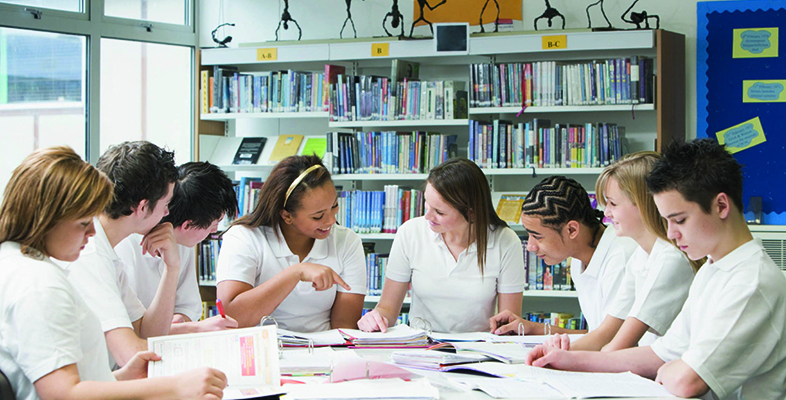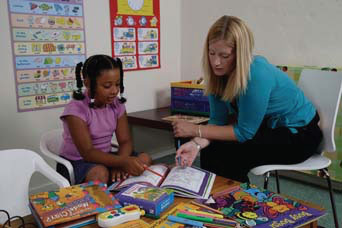2.3 Social constructivism
Social constructivism maintains the importance of the central role of the child as an active learner.
However, this theory regards learning not as an individual activity but as a social one, in which language plays a crucial role in developing understanding and learning is not considered to be limited by a child’s stage of development.
Vygotsky (1978) was an important contributor to this theory. He identified the gap between what a child can do as an unaided individual and what they can do with the help of a more knowledgeable other. He called this gap the ‘zone of proximal development’ or ZPD. Bruner (1978) later used the term ‘scaffolding’ to describe the way that the more knowledgeable person can support the child’s cognitive development. This more knowledgeable person might be the teacher but might also be other students, classroom assistants, parents or outside groups. Seen in this way, children’s learning is not bounded by the school but is a continuous process that has a particular focus at school.
Activity 4 Defining social constructivism
Listen to the audio interview with Harry Daniels, Professor of Education, Culture and Pedagogy at the University of Bath in which he explains social constructivism.
Identify examples from your own learning or teaching, or from your observations of students, that support this theory. An example would be where ‘scaffolding’ was used or where a more knowledgeable ‘other’ person was involved.
This theory of learning has significant implications for teachers, such as knowing the current learning of each student and, through careful scaffolding, enabling the student to progress by providing just the right amount of help. Here, then, the teacher does not adopt a passive role in relation to student learning but actively intervenes to help the student move forward. However, this is not easy. How can we be sure that the intervention falls within the ZPD and does not lie beyond it or, indeed, does not ask too little?
These theories of learning are well established and, as you will have seen, manifest themselves in school in many ways. In the next section we will discuss more recent theories that can also contribute to your understanding of how children learn.

